Another very important protocol in my studio is Midi. Midi is used to record the notes you play on a synthesizer on the computer and then you can also play the notes back on the synthesizer. You can also use it to play remotely on a synthesizer or send and receive data. It works a bit like a serial (RS-232) connection, but with separate cables with male DIN-5 connectors on both ends for sending and receiving. I have a lot of synthesizers and that means a lot of Midi connections. Almost all of my synthesizers are connected with both Midi In and Midi Out to a dedicated port. The reason I do this is that in this way I can use all keyboards to play on and record in my sequencer and also program sounds on all synthesizers remotely through a program I use called 'Midi Quest'. This software can also backup sounds from the synthesizers and put new sounds in them with a click on a mouse button.
As you are used from my by now you see a simplified version of the studio schematic on the right with only the midi connections. As you can see I use several Midi interfaces. The actual number is even bigger, there are 5 of these midi interfaces connected to the Audio PC alone. They all have 8 inputs and 8 outputs. Some synthesizers also have USB connections and then they emulate midi over a USB. The midi interfaces I use are all from the Motu brand. I like them a lot. Very straight forward. The only problem I still have with them is that the order that Windows sees the interfaces in isn't the same every time I reboot my PC. This is quit annoying since I need to find out then which interface is which before I can start using a synthesizer connected to a certain port.
To get even more ports I use Several Roland A880's. These are stand-alone Midi patch bays. They also have 8 inputs and outputs and with the buttons on the front you can determine which port is connected to which. And also you can store setups as a preset. I have a A880 connected to every Midi interface. That gives me a total of 14 midi ports per midi interface, since on the interface itself I use port 8 to connect to port 1 of the A880. I also a Roland A220. This is a midi splitter. It has multiple outputs and basically I use it just to split up one midi output to several midi outputs, but I left it out of the drawing. I use it in my modular setup.
I also use two Anatek SMP-16's. These are very special modules that are not only midi devices. It is an automated patch bay that has both audio and midi inputs and outputs. I use them with my analog Sound Effects Processors to create flexible analog audio routings, but also to replicate the midi clock signal coming from my sequencer software to keep all the Sound Effect Processors to run in Sync.
Like my audio setup I tried to keep the midi interfaces as close as possible to my synthesizers and other midi enabled equipment, so I can use short Midi cables and transport USB to the PC over the longer distances.
Introducing Digitakt II
1 hour ago






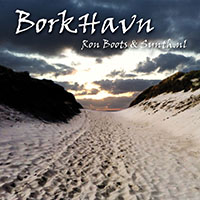

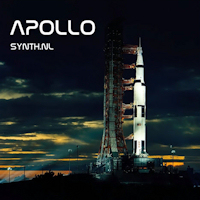

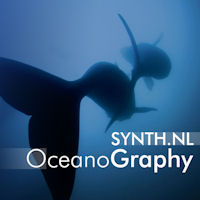
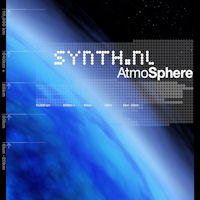
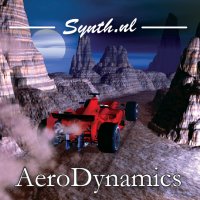
No comments:
Post a Comment